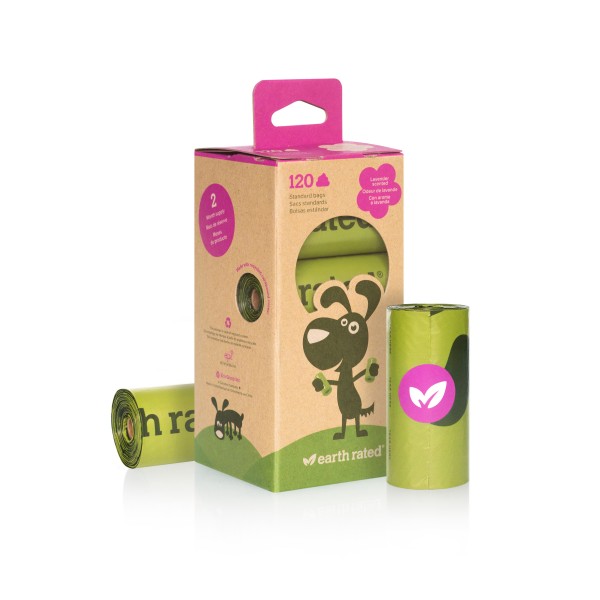
One reason hamsters are so popular is the ease of care necessary for them to be happy. Basically all they require is a quality diet, quiet, cleanliness, your attention and a cage large enough for them to move about easily. An important fact to consider is that hamsters are nocturnal animals – meaning they’re most active at night. It is best to handle your pet in the evening.
Make sure you choose a cage not made of wood because a hamster will easily gnaw his way through the sides. A wire cage specifically for small animals is good, or a ten gallon aquarium is also acceptable – remember to get a screen cover because these curious animals will easily escape unless the cage is well covered. Newer plastic cages – with tubes for tunnelling and climbing are also available.
The cage should be large enough to supply your hamster with the opportunity to exercise. Exercise is extremely important for your pet. An exercise wheel, whether purchased separately or supplied with the cage is best. Hamsters by nature are hoarders. They will take food and push it into their large cheek pouches and then locate a corner of the cage where they feel safe to eat. Food can be provided in a heavy plastic dish or a crock dish. The best method to supply water is in a water bottle, because water in a dish can easily become contaminated.

Pine chips make an excellent bedding for hamsters. You will be able to watch them construct their new home. The cage should be cleaned thoroughly once a week when the old bedding is removed and new litter added. A solution of soap and water or a mild bleach solution can be used. Make sure the cage is totally dry before replacing the litter. Clean the food dish and water bottle as well. Clean the inside of the water bottle with a brush to prevent the build-up of bacteria and slime. Hamsters, being very clean animals by nature, will usually use one corner of the cage as their bathroom. Special cleaning attention should be given to this area.
Hamsters live approximately three to four years. Hamsters can be easily tamed regardless of their age, although younger hamsters are sometimes easier to work with. Make sure that they are active before attempting to pet or handle them – in other words, don’t wake them up quickly. Simply put your hand in the cage and allow the hamster to smell you (they have a highly developed sense of smell) and get accustomed to you. Try petting him at this time. Soon you will be able to slip your cupped hand under the hamster and cause him to sit in it. Once they are familiar to petting and handling, you can carefully remove them from the cage. Remember to move slowly and deliberately avoiding jerky movements. Try to handle them while you are sitting since a fall from a standing position can seriously injure your pet.
Hamsters are very easy to breed. Basically all you require is a compatible male and female. The babies are born about 2 1/2 weeks after conception. It is best to remove the male from the cage at this time. Hamsters can have as many as a dozen babies at one time. Try to disturb the young as little as possible. If it becomes necessary to clean the cage, just remove the litter from everywhere except the nest, and replace it. The babies are weaned in about 3 to 5 weeks.
Keep the cage clean and dry, provide a quality diet, avoid drafts and disturb you pet as little as possible. Wet tail, a severe form of diarrhea, and colds are the two most serious problems. Many products are available for combating bacterial or intestinal disorders.
CHINCHILLA HAMSTER GERBILS GUINEA PIGS














